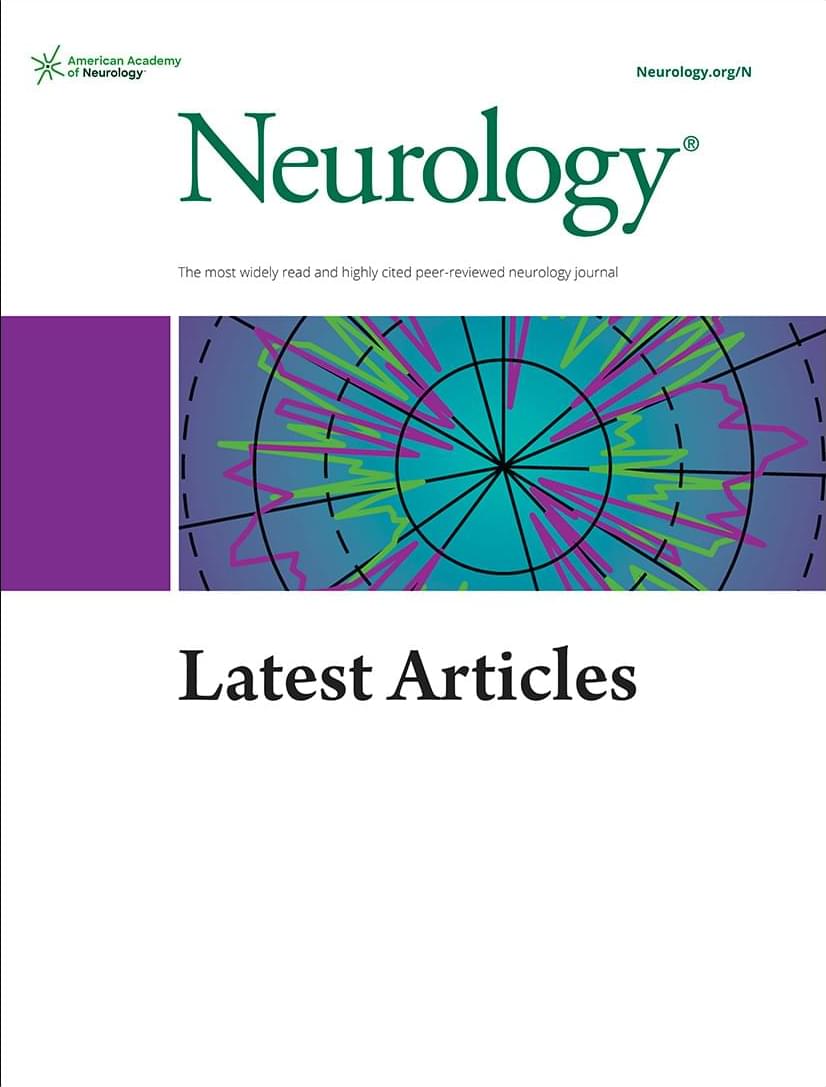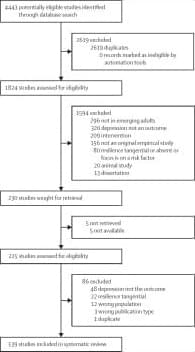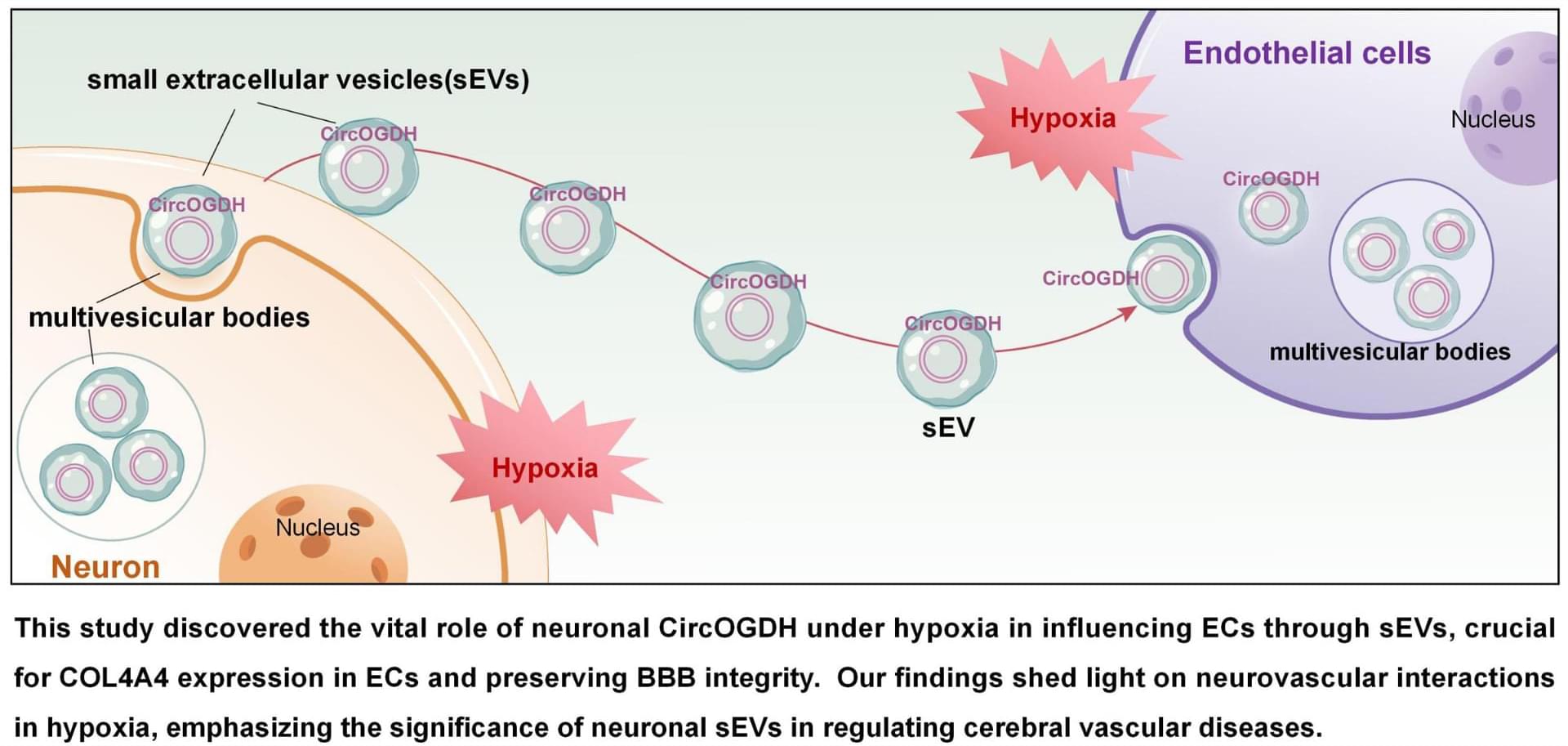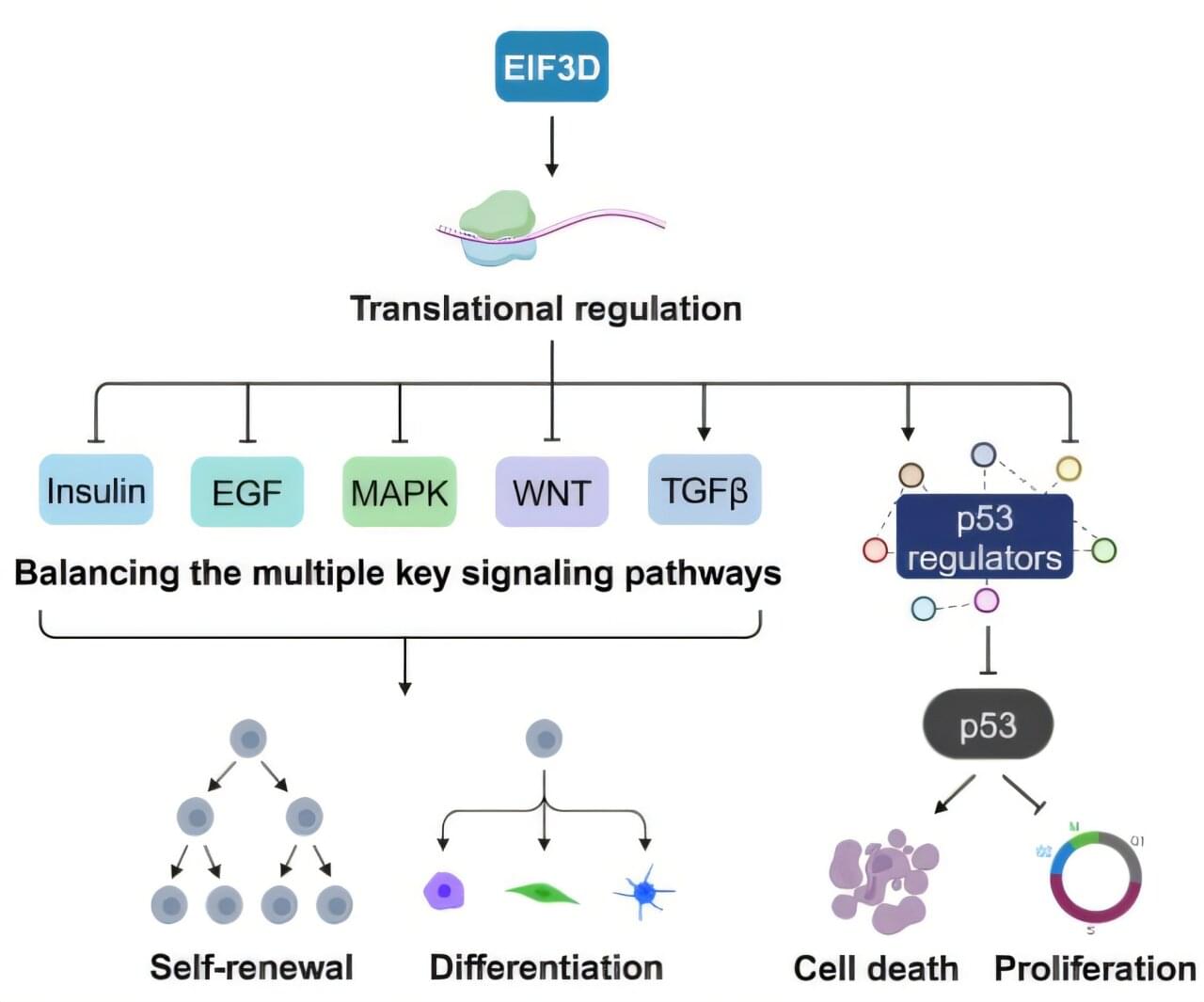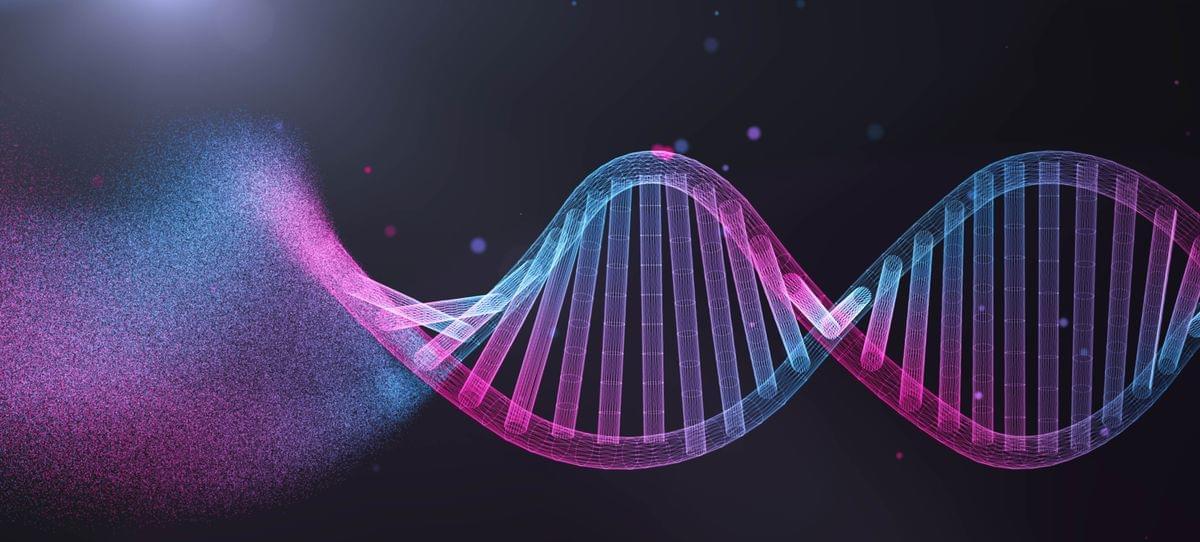Pediatric neuroimmune disorders comprise a heterogeneous group of immune-mediated CNS inflammatory conditions. Some, such as multiple sclerosis, are well defined by validated diagnostic criteria. Others, such as anti-NMDA receptor encephalitis, can be diagnosed with detection of specific autoantibodies. This review addresses neuroimmune disorders that neither feature a diagnosis-defining autoantibody nor meet criteria for a distinct clinicopathologic entity. A broad differential in these cases should include CNS infection, noninflammatory genetic disorders, toxic exposures, metabolic disturbances, and primary psychiatric disorders. Neuroimmune considerations addressed in this review include seronegative autoimmune encephalitis, seronegative demyelinating disorders such as neuromyelitis optica spectrum disorder, and genetic disorders of immune dysregulation or secondary neuroinflammation.
